A Product Review: The Nautilus Hyosung MoniSafe 500
Hyosung's MS500 cash recycler really changed the game for cash automation and there are features of the MoniSafe 500 that are truly exciting for...
2 min read
 Sean Farrell
:
Nov 23, 2015 7:30:00 AM
Sean Farrell
:
Nov 23, 2015 7:30:00 AM
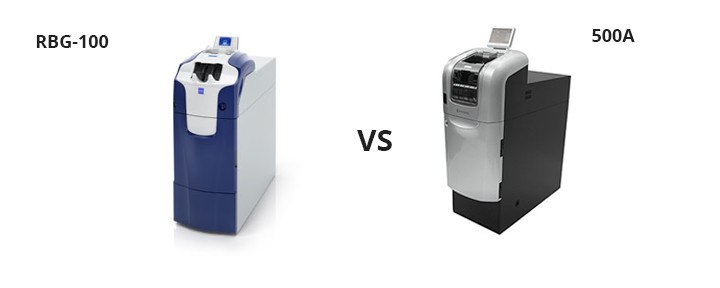
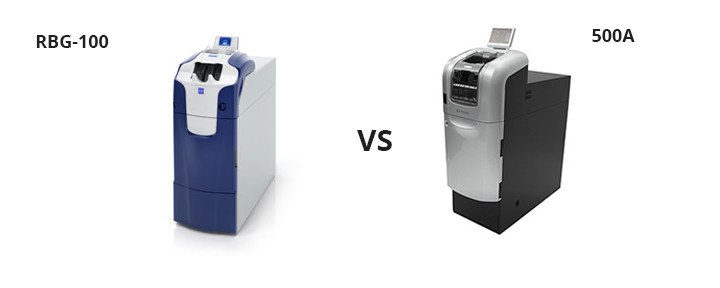
Not all cash recyclers are made or operate the same, but there are definitely some dominant market leaders when it comes to quality and strength of features. We are about to provide a side-by-side comparison of 2 market-leading recyclers; the Glory RBG-100 and the recently released Nautilus Hyosung MoniSafe 500.
Both of these recyclers have continuous feed that allows the machine to work like a currency counter and can handle 300-400 notes at a time. A teller can add money on top of a stack and the machine does not have to stop. They both also have virtual escrow; meaning that should a teller or customer not agree with the total in a deposit, they can reverse the money back out. That cash return will be, bill for bill, the same money except for any notes that have gone in to overflow cassette.
Both can also claim speed as the RBG-100 runs at 10 notes per second in and out while the MS500 is about 20% faster at 12 notes per second.
The RBG-100 has larger note capacity in the overflow bin, which makes it well suited for a really cash positive location that is taking in more money than it is giving out. However, once notes go in to the larger overflow bin they cannot be brought back out automatically. It is a manual process that may also require the use of a separate cash discriminator to strap down the loose cash.
The MS500 has 2 cassettes that are bi-directional allowing cash to go in and out. The machine has inherent functionality that allows it to bring money back in to recycler from the overflow cassette. But, that requires that the entire contents of the overflow cassette be brought back in to recycler so there must be enough space available to accommodate.
The MS500 also has the advantage of having a transit cassette that can offload or load currency when it is married up to the front of the unit. This provides the benefit of moving currency around the branch amongst other MS500 recyclers. Or you can offload a recycler and transport the cash in a locked cassette to the vault without exposure.
Those financial institutions that are establishing a branch of the future and want to easily manage the technology used in their cash ecosystem should favor using the MS500. The machine’s larger cassettes are transferable and can be used universally in the MX8800 self-service kiosk from Nautilus. If a branch, for example, takes in a large amount of commercial deposits into the 500 recycler, the cassette can be used to transfer a large amount of $20 bills included in those deposits and load them into the kiosk for dispensing while being able to manage cash more safely and efficiently.
Finally, the MS500 also has a unique self-auditing function where the machine can audit itself without exposing cash. The RBG-100 has no such feature and auditing the unit requires dual control and risk of exposure.
The RBG-100 could be a good choice as a recycler serving a very cash positive environment. It also has a bigger install base since the MS500 was just recently debuted. However, the added functionality available in the MS500 could challenge the RBG-100 as the best high capacity recycler in the market.
No matter the brand you chose, cash recyclers offer technology to improve operations within your financial institution. If you are interested in learning more, you can read our recent product review of the MS500.
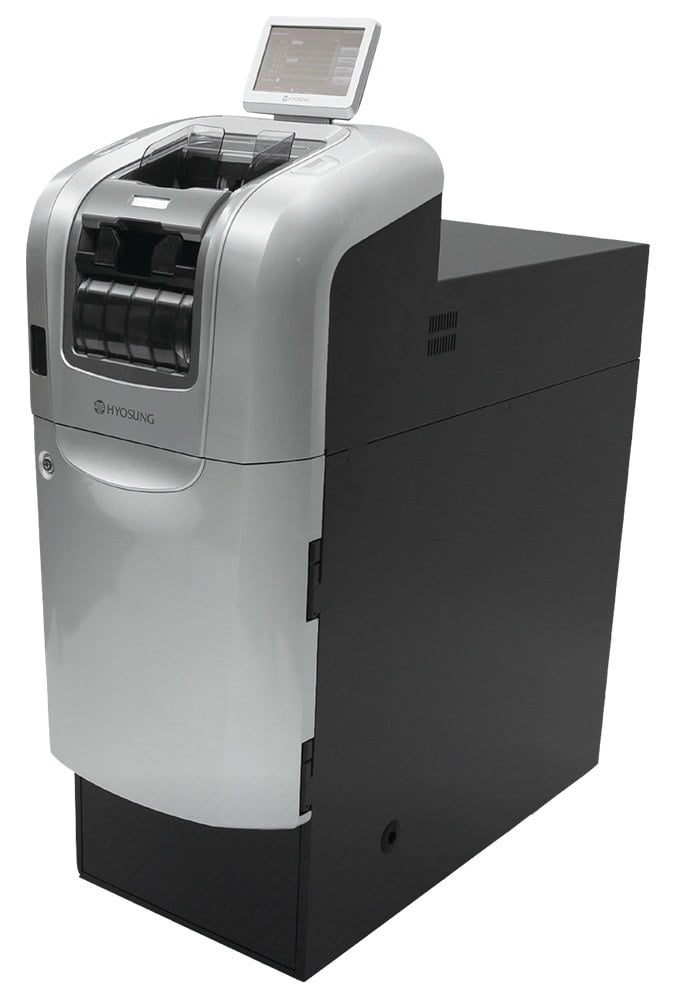
Hyosung's MS500 cash recycler really changed the game for cash automation and there are features of the MoniSafe 500 that are truly exciting for...
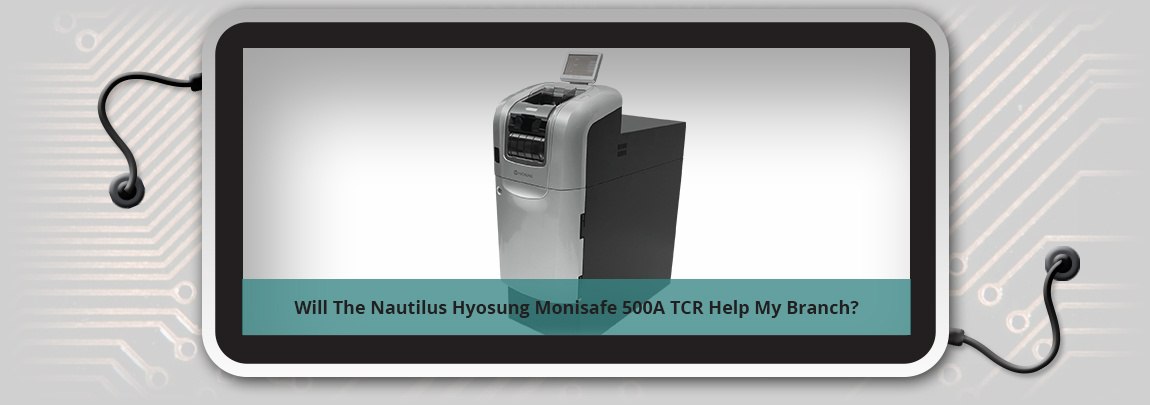
As our clients continue to look towards cash recyclers as a way to improve branch operations and gain efficiency, we get asked what recycler is best...
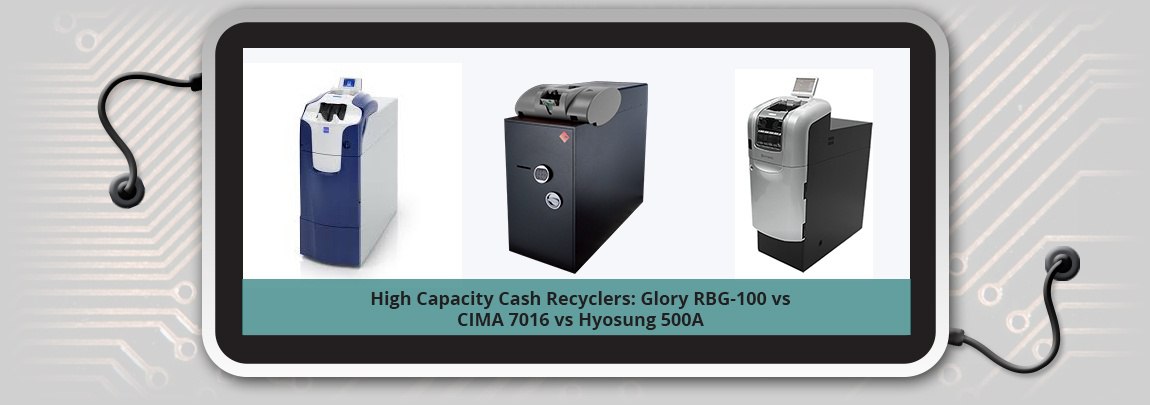
Due to popular demand, we have taken the time to review the 3 best High Capacity Cash Recyclers on the market and allow you to determine which of...